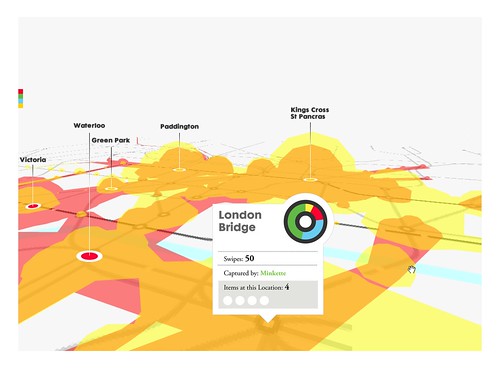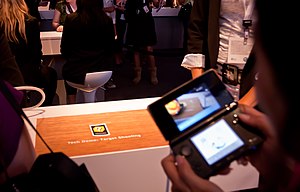
Dr. Sickle's previous work involved studying asthma and chronic respiratory disease in India but in developing Asthmaoplis he and his team are seeking to better track the environmental factors and triggers to asthma attacks. His goal is to map where and when environmental exposures trigger asthma symptoms by using inhalers that have a built-in GPS device that signals the central server whenever the puffer is used. Of course they will also have access to other sets of data including pollutants, pollen, wind direction which will enable them to better track factors impacting lung disease and overall air quality.
[Via Geekosystem - Better Lives for Asthma Sufferers With GPS Inhalers]
What is Asthmapolis? from Asthmapolis on Vimeo.
ExerGame Potential
- By having realtime data on potential "red" or "danger" zones, players can use the GPS to find alternate routes to their destination.
Although, after writing that, I realize the potential to send people to not-so desirable areas.Wait a minute.... GPS units already do that. - I could easily see an adapted mobile-motion-gaming title similar to Outbreak! Zombie (location-based RPG).
- Maybe the game could tie into the transit system in case the air quality is so poor and then gamers can play the alternate-reality game (ARG) Chromaroma - as featured here earlier.
 |
| Via Droid Life |











 +
+  +
+
 ."
."






























